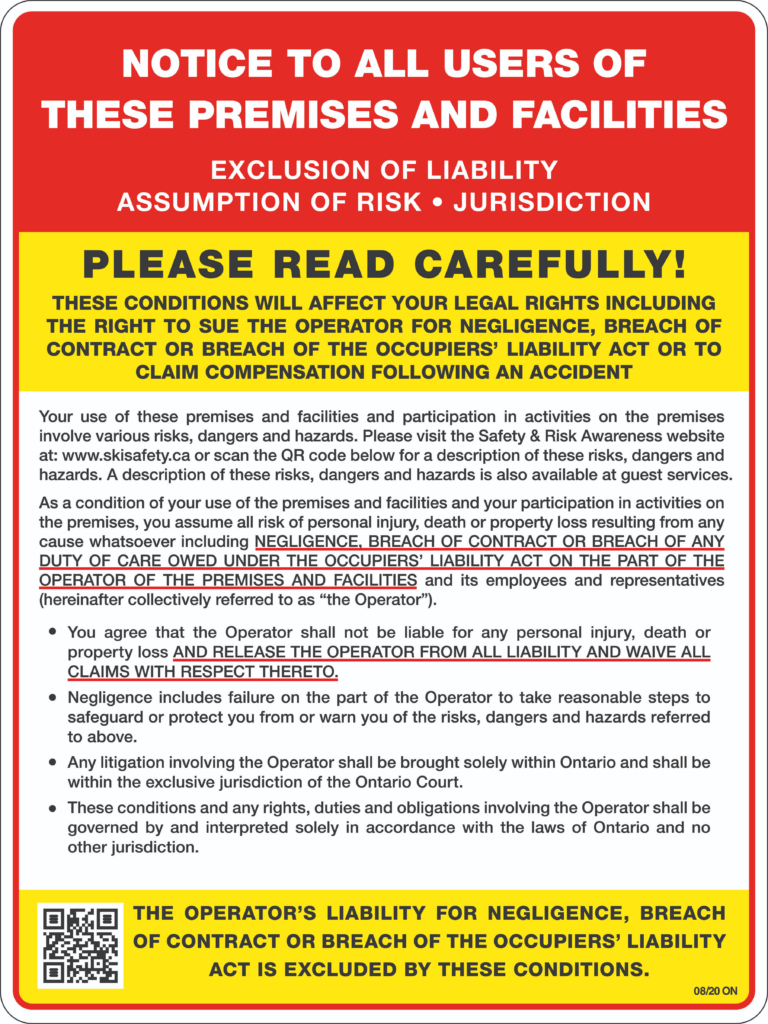Ride Another Day
Actions every skier and rider can take to help keep themselves and those around safer on the slopes are:
Be Ready
Be ready to slow down or avoid objects or other people at any time. Ski and ride in such a way that you are always able to control yourself regardless of conditions and avoid others and objects you may encounter on the run, groomed or otherwise.
Stay Alert
Stay alert to what’s going on around you, especially other skiers and riders. Being aware of those around and changing conditions will help you have a fun and safe day on the hill.
Plan Ahead
Ease up at blind spots, check uphill when merging onto trails, and give other skiers plenty of room when passing. Look out for spots on the run where traffic merges or you can’t see what’s coming next. If you are unfamiliar with a run, take it easy the first time down it and make note of places where you’ll want to slow down, such as cat tracks and rollers. Also, give other skiers and riders lots or room, especially if you are passing them. There’s plenty of space out there, so there’s no need to crowd each other.
By doing these three things every run, you’ll be helping keep the slopes safe and enjoyable, for you and everyone else.
Slow Zone
Green runs are generally considered to be slow zones. Please approach these areas slowly and with caution. Not only is there higher traffic volumes in these areas, but they are often frequented by young children, beginners and seniors.
Failure to ski slowly and in control in the slow zones may result in lift privileges being revoked.
How fast is too fast?
Many people have a hard time remembering what it was like to be a beginner skier or snowboarder, and having to worry about whether there is enough space to attempt a turn. So first off, think about giving people some space. Next, remember that you must always be in control whether you are on an expert run or in a Slow Zone. This is the first point of the Alpine Responsibility Code. If you are in the air, you have no control over your speed or direction. The speed expected is relevant to how many people are on the run. When there are more people on the run the 10% Rule is in effect. You may pass people at a speed approximately 10% faster than the flow of other skier traffic on the run.


